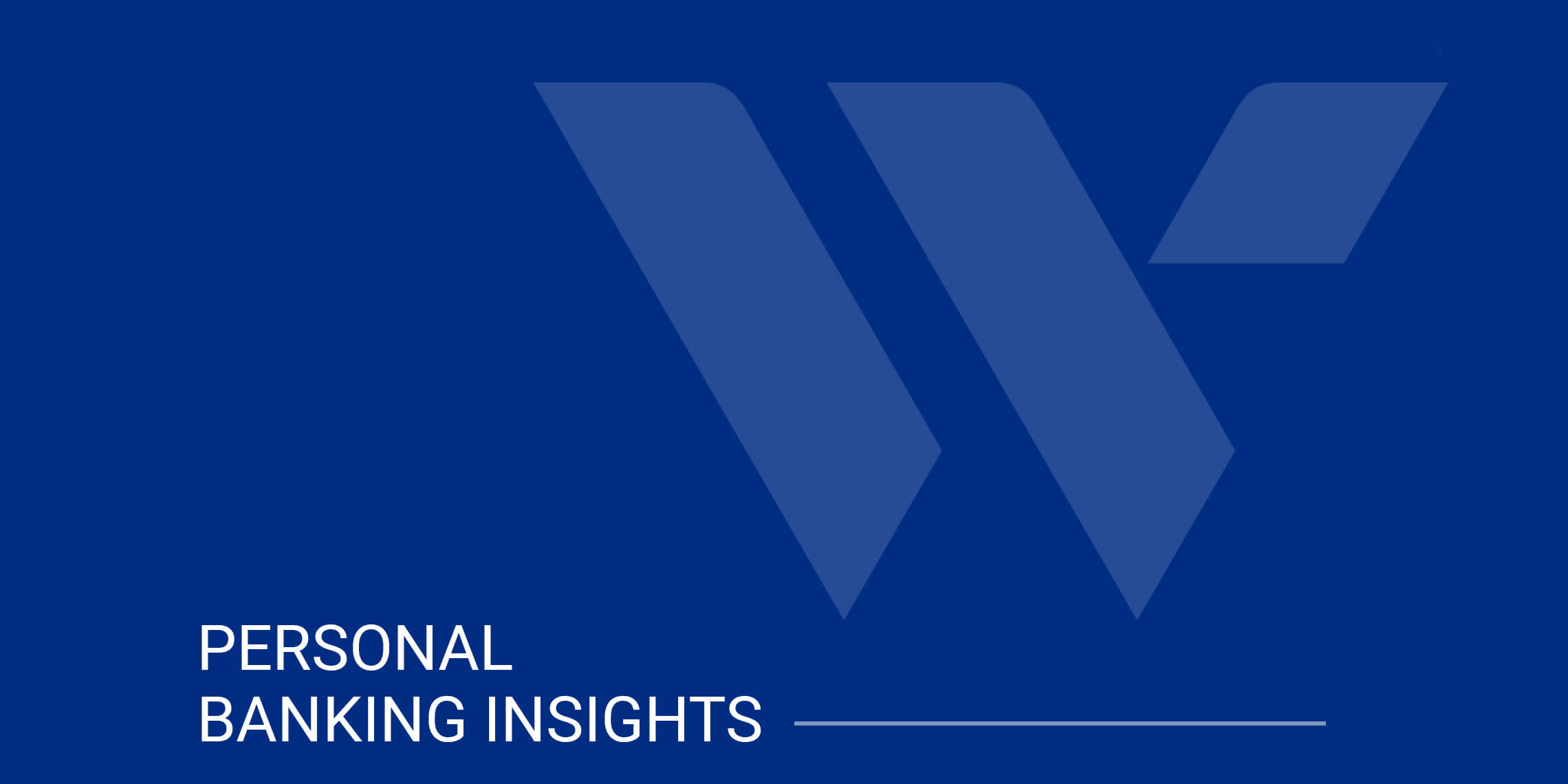Download our e-Treasury Secure Browser
Download the Sterling e-Treasury Token Client

Published on January 6, 2021 | Webster Bank
For the majority of people, it’s become more standard to rely on debit cards and online account balancing than writing checks and keeping a paper register; whichever method you’re comfortable with, it’s very important to stay on top of your account so that you don’t overdraft.
Other features to digital banking include setting up balance and transaction alerts. When checking your balance online, it’s important to remember that you only see what’s already posted to your account and not anything that is pending. Here are some important items to keep in mind when balancing your account in the digital age.
Judge Judy once told a defendant that when you write a check to someone, the law regards this as an “implied contract.” When you make a payment to a third party, whether it’s by check, debit card, or an online bill payment, it’s best to consider that money immediately gone from your account to avoid overdrawing. Don’t overlook any holds that may be placed on your transactions. Many people forget to take their outstanding or pending transactions into consideration and get into financial trouble because they believe they have more money than what’s truly in their account.
To figure out your actual balance, deduct all your outstanding or pending transactions from your available balance. An outstanding or pending transaction is a payment that is in limbo; it hasn’t been processed yet, but has been committed or paid out. Remember, when you pay someone, consider that money gone! Transactions can take a few days to process, so don’t get caught in the trap of thinking you have more money in your account than you actually do. Just like when you deposit a check into your account, it’s not available right away.
Let’s say you have a current, available balance of $2,000.00. Here is a checklist of what you should ask yourself:
If all of the transactions from your checklist are posted to your account, then yes, the balance of $2,000.00 is correct. But if there are any outstanding transactions that haven’t hit your account yet, then that isn’t your actual balance. If you wrote a check out for $1,500.00 that someone hasn’t cashed yet, your balance is only $500.00, even though your account shows that you have $2,000.00.
How can you avoid overdrawing on your account? One way is to keep a cushion of money in your account so you don’t have to worry about doing math all the time. Another way is to set up high and low balance alerts so you can take action immediately to fund your account if your balance falls below the threshold you established. The best way is to keep track of all your transactions as they happen on your computer using a spreadsheet or program, or a paper register booklet. If you keep a running tab and deduct your payments out immediately, you’ll know how much is in your account at all times.
Make sure you always account for items that you’ve committed to pay for, even though they’re not posted to your account yet. Don’t rely solely on your available balance because that number isn’t showing all the pending transactions that haven’t posted. Keeping track of all your transactions can be tough, but bouncing checks and paying fees can be even worse.